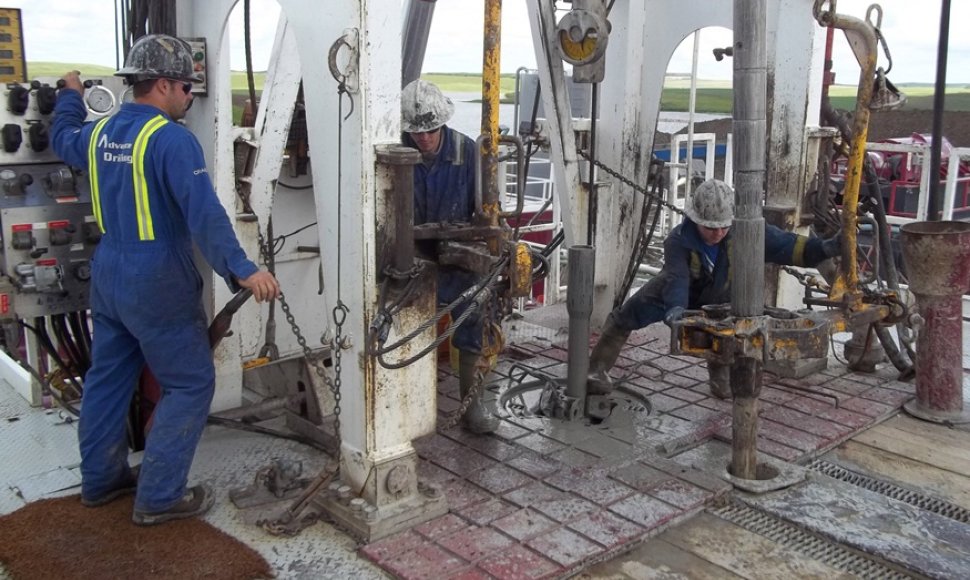"It is good that prospecting for shale gas in Lithuania will start in the near future. We hope that we will know within the next three to five years what wealth we have," Jovita Neliupšienė told the Žinių Radijas radio station, commenting on Chevron's intentions to launch exploration work as soon as this spring.
The US energy giant is the sole bidder in an international tender for exploration for shale gas in western Lithuania.
"The Seimas and the government have identified shale gas exploration as one of the priorities. According to the president, exploration or knowing what resources Lithuania has is very important. Certainly, in exploring for any natural resources, it is necessary to comply with all environmental requirements and speak to communities," the advisor said.
Jay Johnson, the president for Chevron Eurasia, Europe and Middle East Exploration and Production, said in Vilnius on Monday that the company would seek to establish the potential of shale resources in Lithuania.
Meanwhile, the parliament's Committee on Environmental Protection is expected to vote this week on whether to suspend the ongoing tender procedure for shale gas exploration rights or ask scientists to give their opinion on this issue within several weeks. Another option would be to put this issue to a plenary vote in parliament.
Chevron's Lithuanian subsidiary, Chevron Exploration & Production Lietuva, has submitted the sole bid for the right to explore for shale gas and oil in the 1,800-square-kilometer Šilutė-Tauragė field in western Lithuania.
The Lithuanian Geological Service is to present its conclusions regarding the Americans' proposal in the middle of this month. The winner should be named in 60 days after the bid was submitted.
Prime Minister Algirdas Butkevičius said on Monday that Chevron wanted to begin exploring for shale gas in April.
If its bid is accepted, Chevron will have to invest at least 80 million litas (EUR 23.2m) in exploration of the field.
Based on unconfirmed data, the country could have recoverable shale gas reserves of around 100 billion to 120 billion cubic meters.












